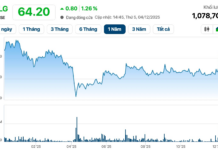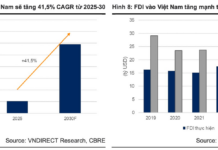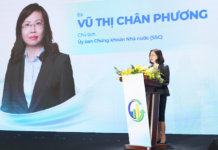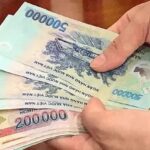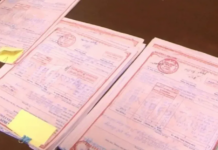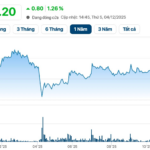The Ministry of Finance has responded to the proposal from voters in Lam Dong province regarding the elimination of value-added tax (VAT) on electricity prices and the establishment of a “single electricity price” mechanism to ensure fairness for consumers and dismantle the monopoly in the electricity sector.
In their response, the Ministry of Finance stated that, according to current regulations, electricity is subject to a 10% VAT. The VAT Law currently includes three tax rates: 0%, 5%, and 10%. The 0% rate applies to exported goods and services; the 5% rate is for essential goods and services or agricultural inputs; and the 10% rate applies to other common goods and services.
The current law does not provide for VAT exemptions or reductions for electricity, making the proposal to eliminate VAT on electricity inconsistent with legal provisions.
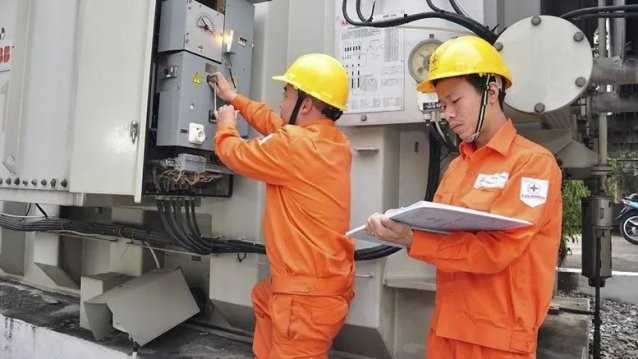
According to the Ministry of Finance, the proposal to eliminate VAT on electricity does not align with the VAT Law.
Regarding the proposal for a “single electricity price” mechanism, the Ministry of Finance has sought input from the Ministry of Industry and Trade, the specialized management agency. Electricity is a unique commodity that cannot be stored, and its production and consumption occur simultaneously. The electricity sector must mobilize power generation according to the principle of prioritizing cheaper sources first, followed by more expensive ones to meet consumer demand.
Given these characteristics, the current tiered electricity pricing mechanism is considered appropriate to encourage efficient and economical electricity use. Many developed countries, such as Japan and South Korea, as well as others in the region, also implement tiered electricity pricing, where rates increase progressively with higher consumption levels. In Vietnam, this approach, though sometimes controversial, has effectively encouraged more efficient electricity use among citizens.
Under the Electricity Law, retail electricity prices are detailed for specific consumer groups, including production, business, administrative, and residential use, reflecting the economic and social conditions of each period and the level of competition in the electricity market.
For eligible consumers, electricity prices can be calculated based on the time of day, including peak, off-peak, and regular hours. Residential consumers currently use a tiered pricing system with progressively higher rates. These regulations aim to promote efficient and economical electricity consumption.
Early Retirement Pension Payment Deadline
Today marks the final deadline for processing pension and benefit payments for individuals retiring early or leaving their positions under Decree No. 178.
Record-Breaking Progress: EVN’s $320 Million Project Spanning 4 Provinces Sets New Benchmark
On the morning of October 17th, according to the Government’s Electronic Information Portal, Deputy Prime Minister Hồ Đức Phước attended the inauguration ceremony of the 500kV Lào Cai – Vĩnh Yên transmission line project. This critical project, a national key initiative, is spearheaded by the Vietnam Electricity Group (EVN) as the primary investor.
Unlocking ODA Capital: Ministry of Finance Demands Urgent Action to Remove Bottlenecks
To achieve 100% disbursement of the 2025 public investment capital plan, the Ministry of Finance urges all ministries, sectors, and localities to accelerate efforts, thoroughly address bottlenecks, and expedite disbursement progress, particularly for projects utilizing ODA funding.
Urgent Update: Payment Details for Retired Officials Under Decree 178
The government has mandated the completion of payments for benefits and policies under Decree 178 and 67 by October 10th. However, as the deadline looms, 14,496 individuals who left their jobs before August 31st have yet to receive their payments. In response, the Ministry of Finance has proposed an extension for the payment deadline.
















